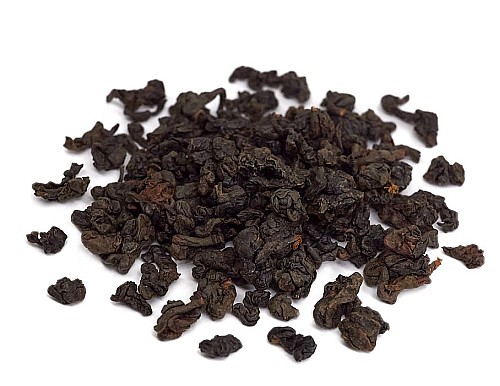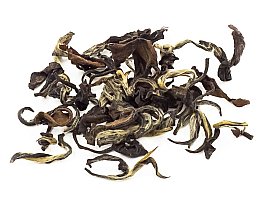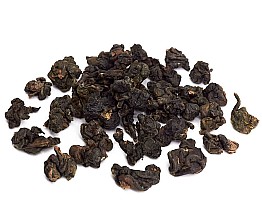2024 Gui Fei Dark Roasted Oolong Tea
Despite the fact that deep roasting is nothing new—it’s traditionally used for Lao Cha Wang, Dong Ding, or Wuyi oolongs—Gui Fei of such processing is a rare find in our region, as strong fire is not usually applied to this kind here. And that makes it all the more exciting, especially since it’s been done skillfully and delicately. This is a bold bug-bitten material that has been “polished” with a deep roast.
Tasting Notes
The fruity-honeyed note of Gui Fei is clearly present but doesn’t dominate the entire profile as in a classic Gui Fei. Instead, there’s burnt sugar, caramel, and chocolate in the latter half of the taste, followed by a light coffee note and an unexpectedly bright floral finish. This tea drinks like a fine cognac or brandy and would likely pair well with them.
Deep roasting is a true art. The tea master has to push boldly to the right level and stop at just the right moment. Few can roast with such precision, ensuring the tea doesn’t end up tasting like “burnt sunflower seeds” or “pickled cucumbers.”
What’s more, the roasting in initial processing is not linear but rather follow a spiral: roast, roll, unroll, roast again with different parameters. Lao Cha Wang oolongs, of course, are baked after they’ve been fully processed, while this tea is still young.
Here, the deep roast slightly mutes the fruity notes and gives this tea a cognac-like elegance—just like in cognac, where you can still sense the grape, but far less than in grape juice. However, few would agree to trade a glass of cognac for a glass of juice.
This tea should age beautifully, gradually shifting toward a Lao Cha Wang profile even without additional roasting. The fire will slowly fade, giving way to chocolate tones and pastry-like richness.
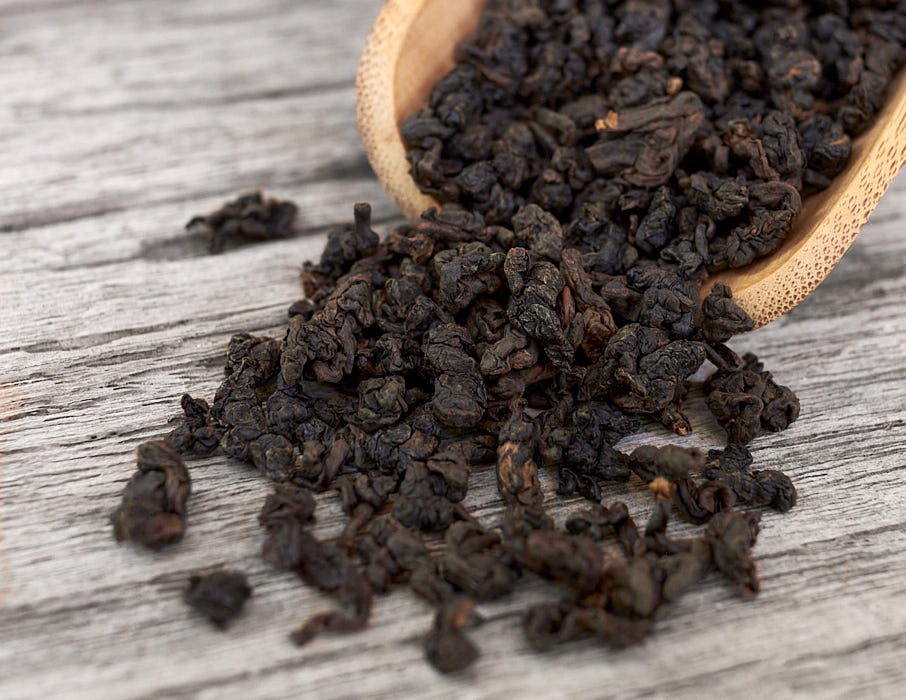
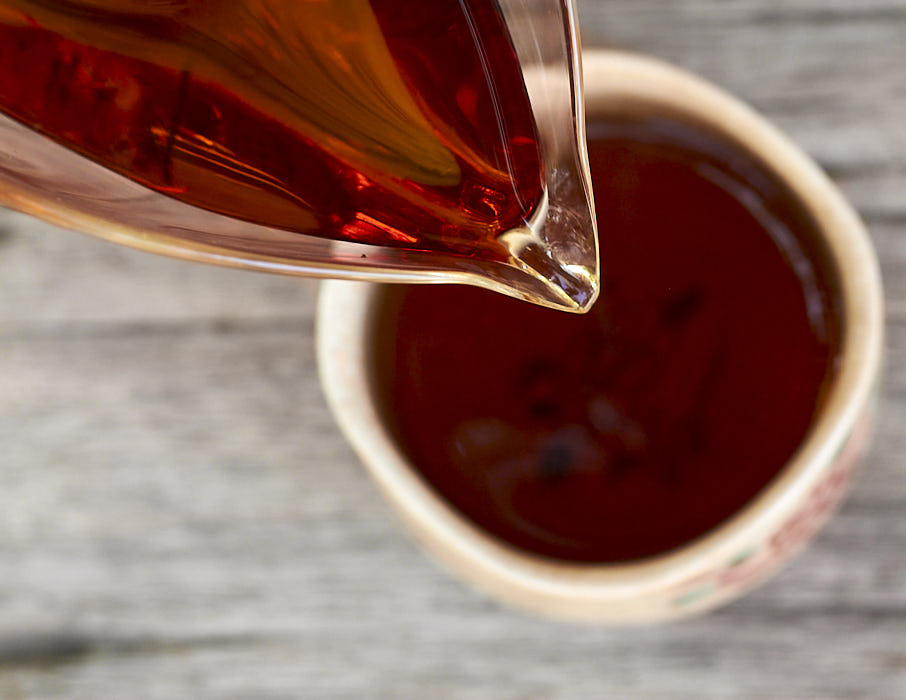
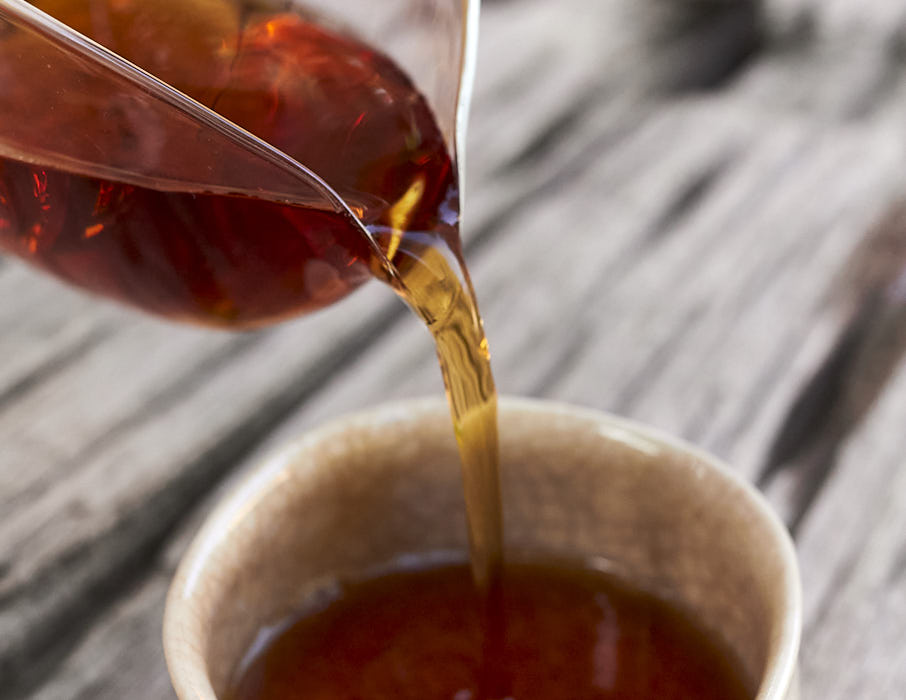
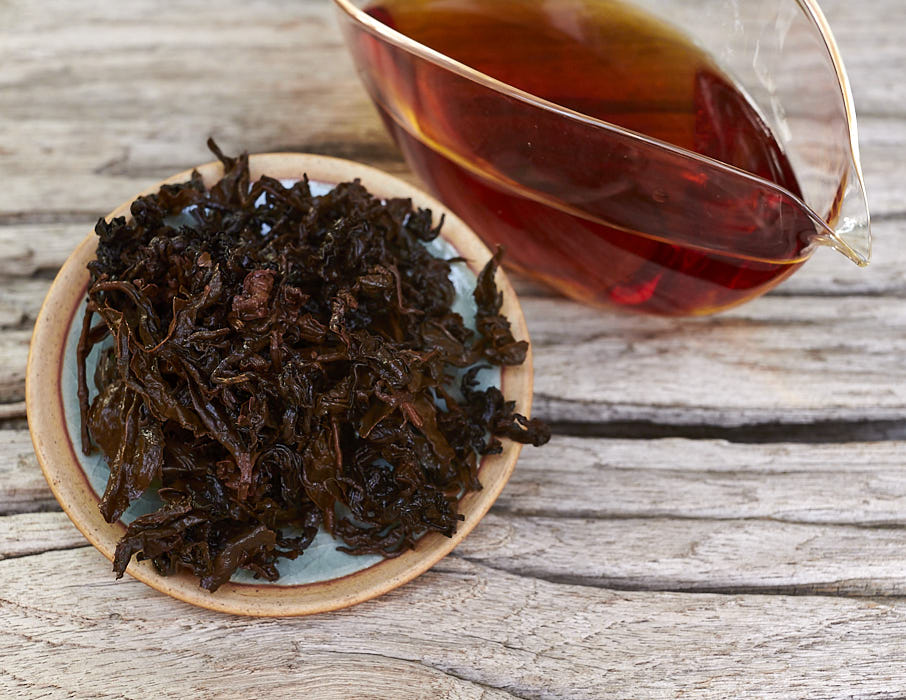
Reviews (1)
Absolutely agree with the description. Excellent work. It feels like Lao Cha Wang. Smooth, sweet, and deep. The tea plays and dances.
Taste: pronounced caramel, coffee, and cognac base. Burnt sugar and light chocolate emerge in the second half. The body is round and dense, with soft sweetness and a grape note. A clear honey tone appears when brewed stronger. The grape really shines here — both as a wine-like note and a jammy impression.
Aftertaste: sweet, with a lingering trail of burnt sugar, caramel, grape jam, and buckwheat honey.
The twist is that it never slips into bitterness or astringency. The longer you hold the infusion, the more buckwheat honey you taste.


